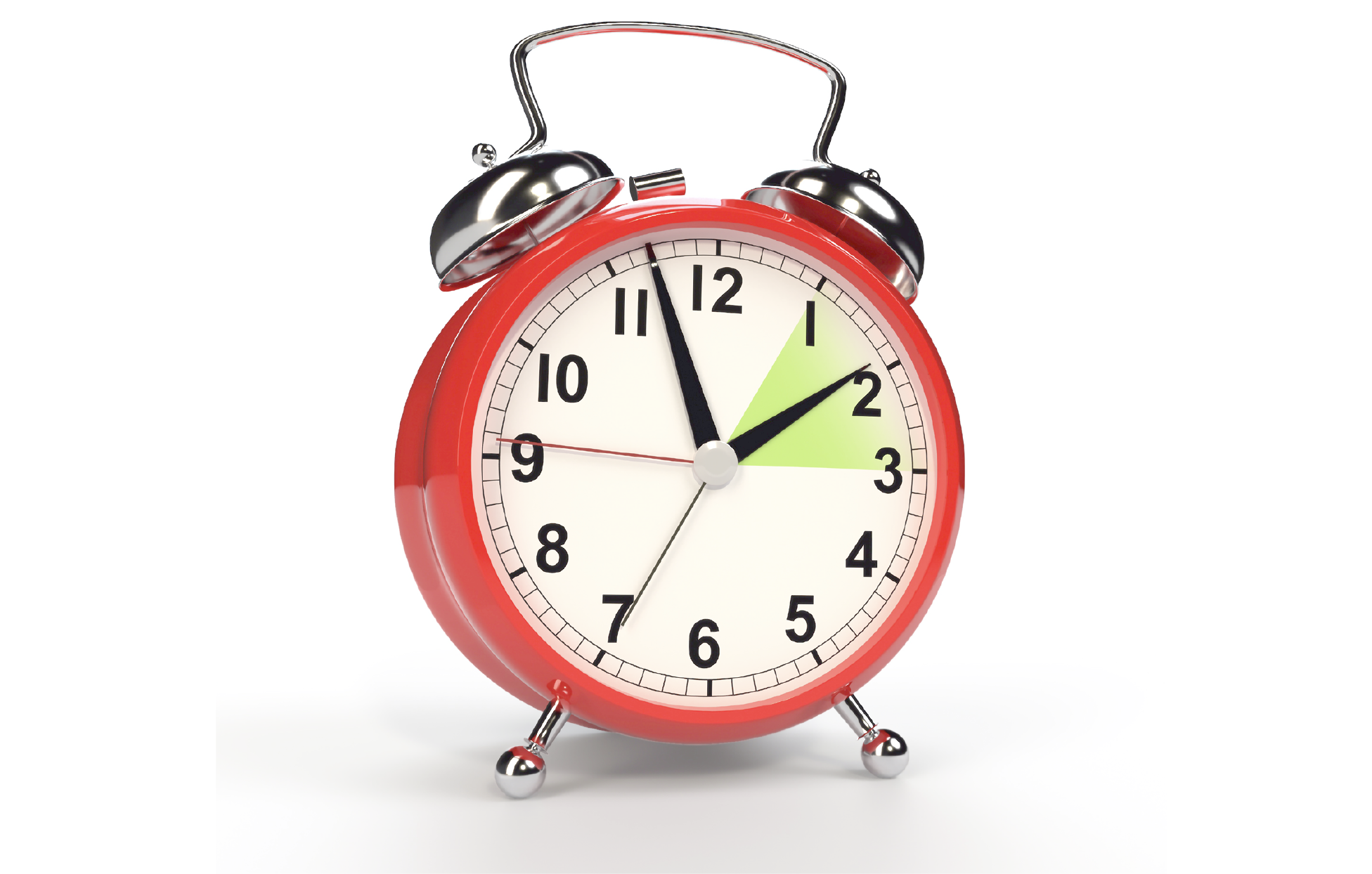You may be familiar with the practice of daylight saving time (DST), which moves the clock time one hour forward in spring and returns one hour backwards to standard time in the fall. The saying “spring forward and fall backwards” is commonly used to remember these time shifts. But why do we change the clocks? And for that matter, should we?
Changing the Clocks
Many countries around the world have experimented with DST at one time or another. Currently, it’s used primarily in countries in North America, Europe (where it is referred to as “summer time”), and Australia.
The main reason for the clock change is to provide more hours of sunlight during the summer evenings after people get home from school or work. The longer daytime can provide more time for socializing or engaging in outdoor activities when the weather is nice. DST was previously thought to save energy with a reduced need for artificial lighting in the evenings, but this has been heavily disputed and rejected and the DST practice has been under increasing scrutiny and discussion.
How We Are Affected
If you live in an area that practices DST, you probably know how tiring it can feel to go through the one-hour shift in the spring. Changing the clocks for DST has significant short-term impacts like sleep loss, worse performance at work and school, more traffic accidents, and increased rates of heart attacks, especially right after “springing ahead” from standard time to DST. There are long-term impacts, too, including reduced life expectancy, increased cognitive problems, and overall worse health. Because of the negative health outcomes, sleep and health researchers around the world have published several position statements supporting the abolishment of this practice.
To better understand the impacts of DST, we need to consider the three different clock systems: the environmental clock (or sun clock), the imposed social clock, and our internal biological clock.
The Environmental Clock
The observable light from sunrise to sunset, or the “natural day,” results from the rotation of the Earth and the east-west path of the sun across the globe. The amount of sunlight in each day changes depending on the position of the sun for each location on the Earth. Generally, there are fewer hours of sunlight in the winter (under 12 hours) compared with the summer (over 12 hours).
The Social Clock
Our societal life is determined by the social clock. When railroads expanded in the 19th century, there was a need to synchronize time across geographical regions for improved communication and coordination. Standard time practices first emerged in Great Britain in 1847 when instating Greenwich mean time (GMT; the mean solar time at 0° longitude).
Today, the Earth is largely organized into 24 regions, or time zones. Time zones are one hour apart based on the coordinated universal time (UTC). It’s important to understand that sunlight exposure time is determined by your location within the time zone. The first light exposure in the day is nearly one hour later for people who live on the west side of the time zone compared to those who live on the east side.
To make things more complicated, time zones are not uniformly distributed. Due to political realities, and since countries and municipalities are not organized according to lines of longitude, time zones vary in size and span.
Our Biological Clock
Much of human biology, including sleep, hormones, core body temperature, and blood pressure, is organized according to circadian rhythms. The word “circadian” can be translated from Latin to “about a day” (“circa” means about and “dian” means day).
Our innate circadian systems are slightly longer than the 24-hour social clock, but our bodies adjust to it through a process called entrainment. The exposure to bright light in the morning (as close as possible to wake-up time) provides signals to the main biological clock located in the brain (called the suprachiasmatic nucleus) and triggers the release of certain hormones. This input results in the appropriate adjustment of the biological clock to the external time cues, such as the daily dark-light cycle.
Synchronizing the Clocks
Generally, the social clock during standard time aligns with the environmental clock, with noon (12 pm) reflecting the highest position of the sun in the sky. A person waking up at 6:30 am to get to work or school by 8 am would already have light in the morning, which helps synchronize the internal biological clock with the external 24-hour social clock.
DST involves shifting the social clock later, causing a one-hour offset between the environmental clock and the social clock. This means that 12 pm on the social clock during DST reflects 11 am on the environmental clock. Similarly, during DST, the first light of the day is also delayed by one hour compared to a scheduled wake-up time that is usually determined by the social clock. Someone who wakes up at 6:30 am will have the environmental clock of 5:30 am, a time which is generally dark outside. This has marked impacts on the biological clock that requires morning bright light for entrainment and can lead to desynchronization between the biological clock and social clock, which causes further disruptions to circadian rhythms. Research studies have consistently shown that continued desynchronizations between the internal and external clocks have chronic and negative impacts on health and longevity.
DST has been highly debated and continues to be a political topic with countries actively considering different clock practices (e.g., DST, permanent DST, permanent standard time). Political changes across the world and practices of implementing different clocks will provide for additional data on the impact of time manipulation and its health outcomes.
Dr Ariel Neikrug is an Assistant Clinical Professor and the Director of the Behavioral Sleep Medicine Program at the University of California-Irvine. He has worked in sleep medicine for 15 years with a focus on behavioral sleep medicine, circadian activity rhythms, and actigraphy.
Dr Ivy Chen is an Assistant Project Scientist in the Department of Psychiatry and Human Behavior at the University of California-Irvine. With a focus on insomnia and behavioral sleep medicine, she has 10 years of experience in the field of sleep.



